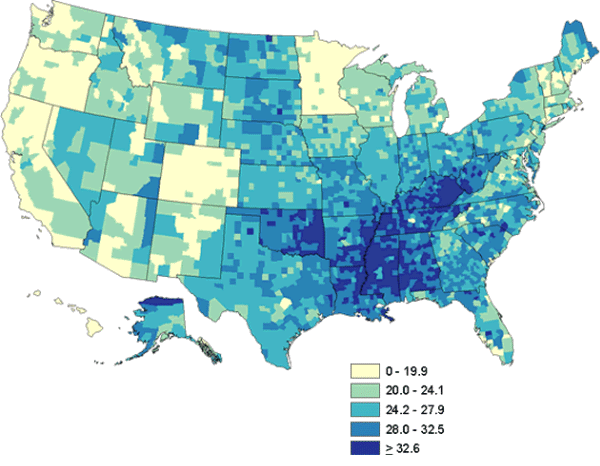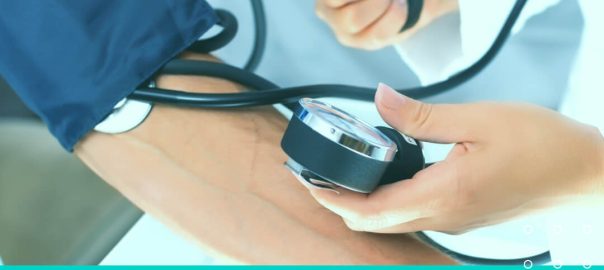Some Americans are getting enough, but too many are not
Less than half (48%) of all adults meet the 2008 Physical Activity Guidelines.
In 2012, about one-quarter (24.8%) of U.S. youth aged 12–15 years engaged in moderate-to- vigorous physical activity for at least 60 minutes daily. Read more about youth physical activity levels CDC/NCHS Data Brief.
Physical activity can improve health. People who are physically active tend to live longer and have lower risk for heart disease, stroke, type 2 diabetes, depression, and some cancers. Physical activity can also help with weight control, and may improve academic achievement in students.
Inactive adults have a higher risk for early death, heart disease, stroke, type 2 diabetes, depression, and some cancers.
Rates of activity and inactivity vary across states and regions
Americans living in the South are more likely to be less physically active than Americans living in the West, Northeast and Midwest regions of the country.
To see the 2012 state rates for physical activity and inactivity, please visit the Behavioral Risk Factor Surveillance System Prevalence and Trends Data for Exercise, 2012.
Some groups are more physically active than others
More non-Hispanic white adults (22.8%) meet the 2008 Physical Activity Guidelines for aerobic and muscle-strengthening activity than non-Hispanic black adults (17.3%) and Hispanic adults (14.4%).
Men (52.1%) are more likely than women (42.6%) to meet the 2008 Physical Activity Guideline for aerobic activity.
Younger adults are more likely to meet the 2008 Physical Activity Guideline for aerobic activity than older adults.
Physical activity and socioeconomic status
Adults with more education are more likely to meet the 2008 Physical Activity Guideline for aerobic activity than adults with less education.
Adults whose family income is above the poverty level are more likely to meet the 2008 Physical Activity Guideline for aerobic activity than adults whose family income is at or near the poverty level.
2008 Age-Adjusted Estimates of the Percentage of Adults Who Are Physically Inactive






